by Dr. Gai Lindsay (Lecturer, B.Ed – The early Years,
This blog post provokes reflection about the rights of the child to offer alternatives to close-ended and limiting Christmas activities and gifts. The article provides a selection of ideas for quality Christmas visual arts and crafts learning experiences that don’t compromise quality relationships with and respect for children. It aims to challenge prior assumptions about seasonal arts and crafts choices to support early childhood educators and families to celebrate the capable child,while celebrating Christmas.
“This is the right of ALL children…
It’s necessary that we believe that the child is very intelligent,
that the child is strong and beautiful and has very ambitious desires and requests.
This is the image of the child that we need to hold” (Malaguzzi, 1994, p. 5).

Christmas is a most wonderful season. It is a time to celebrate culture, community traditions and family celebrations.
It is a time for giving gifts to celebrate relationships,holidays and important transitions.
However, at this time of year (and to a lesser degree during other seasonal celebrations such as Easter and Valentine’s Day), early childhood educators grapple with (and often debate) curriculum decisions regarding the types of seasonal arts and crafts which best honour the rights of the child.
In the lead up to Christmas, social media forums present a range of posts either suggesting or requesting ideas for Christmas themed arts and crafts.
When seasonal events require the production of gifts and mementos, it seems that adult-controlled, close-ended, production-line activities are sometimes permitted in place of the types of child-centred, open-ended learning experiences usually acknowledged to be best practice. I challenged the proliferation of adult-centred, close-ended activities in a recent blog about the great early childhood hand-print debate and raised the notion that children have the right to experience best quality visual arts learning experiences at all times.
This blog post continues this conversation by considering the challenge of the annual Christmas activity production line.
What do educator curriculum choices say about professional beliefs and knowledge?
Although the planning choices made by educators may seem unimportant to many, I suggest that the Christmas gifts and products made in early childhood services communicate a great deal about educator beliefs about children and childhood.
Rinaldi, president of the Reggio Children organisation, affirms that the beliefs educators hold about children directly influence children’s “social and ethical identity, their rights and the educational contexts offered to them” (Rinaldi, 1998, p. 117).
Malaguzzi (1994, p. 1) also expressed the powerful influence that an educator’s ‘image of the child’ has upon pedagogical choices, stating:
“Each one of you has inside yourself an image of the child that directs you as you begin to relate to a child. This theory within you pushes you to behave in certain ways; it orients you as you talk to the child, listen to the child, observe the child. It is very difficult for you to act contrary to this internal image.”
My PhD research confirmed that the visual arts knowledge, confidence and skills of early childhood teachers and educators, along with their beliefs about children and childhood, directly informs their choices and provisions in the the visual arts domain. You can read more about the provision of arts experiences in my article “Do visual art experiences in early education settings foster educative growth or stagnation?” (Lindsay, 2016).
Planning for the capable child
It is possible, even in the Christmas season, to uphold children’s right to be respected, to be heard, to have a voice, to make their own marks and to express their own ideas in ways that are developmentally appropriate.
Children are capable.
As educators it is our responsibility to support children to be seen, heard and valued rather than have educators objectify, control, replace and limit children’s voices through the production of educator made or educator altered replacements for children’s authentic mark making and children’s potential visual arts expression.
As I type this blog, I can hear the protests…. “Oh, come on!! It’s just a bit of fun! I did these things as a child and it never did me any harm! Why do we always have to think about education?! It only happens once or twice a year…The children love it! The parents love it!…It’s cute!!!”
Santa and reindeer hand.foot craft.[image]. Sourced from https://goo.gl/images/FpG74oer
The choices made by early childhood teachers and educators in their work with children have the potential to either uphold or undermine an image of the child as a citizen with rights, agency and many capacities. As a point of reflection, if you ever find yourself forcing open the clasped fist of a small child in order to manually splay their fingers to create a hand-print, it is time to consider alternative choices.
If early childhood educators, who should be well qualified to appreciate and implement high quality, respectful practice, routinely implement and defend pedagogy that limits children’s agency, who will advocate and uphold children’s rights and defend their right to develop skills and self confidence in the visual and graphic languages?
It may be true, as some say, that the occasional close-ended activity is unlikely to damage a child’s artistic psyche. (Although I do wonder at the number of people, educators included, who believe that they are not artistic….are we kidding ourselves if we think that childhood experiences have not played a part in the shutting down of this intelligence?)
I appreciate that it may be difficult to acknowledge the limitations inherent in adult-centred educational practice and shift routine thinking and habits. Most of us probably have memories of engaging in cookie-cutter activities as children and figure that we turned out OK…
However, I propose that early childhood professionals who exercise an image of the child as capable and who value the learning and growth afforded by high quality visual arts and crafts learning experiences will choose not to waste children’s and their own efforts on experiences that do not support the child and the family to be witnesses to children’s capacities and strengths and that potentially stagnate children’s right to engage in genuine learning experiences.
Surely, if we are bearers of children’s rights, we must carry that responsibility all year long?
Surely, we don’t put down our core values in order to pick up a little Christmas cheer?
The argument that children love structured crafts may indeed be true. Children absolutely enjoy experiences where the adults in their lives come close and work together on a project. However, educators must surely aim for both enjoyment and quality education? The two are not mutually exclusive. John Dewey (1915) articulates the two questions a teacher must ask when making choices about learning experiences with children.

Before justifying any activity, we must question the goal of the experience offered. If any goal requires the educator to put aside their values and knowledge about best practice, perhaps the imperative is to reflect and think about ways to achieve the outcome without compromising our goals or children’s rights?
The Australian Guide to the National Quality Framework outlines that in support of quality practice and child-directed learning,
“promoting children’s agency recognises that children have a right to make choices and decisions, and are capable of initiating their own learning” (2018, p. 117).
This guide to quality practice suggests that evidence of child-directed, agentic learning includes the production of:
- “work developed by children with minimal educator input”; and,
- “use of open-ended resources and materials that allow children to express themselves (rather than using templates, stencils or resources that limit children’s capacity to create, interpret, experiment and explore)”.
So, what does this mean for the season of Christmas arts and crafts?
Star / snowflake construction.[image] retrieved from https- goo.gl images ZCFVRZ.jpg[/caption]
An example of quality practice from the field.
In a recent social media discussion Veronica Clough (Toddler Educator) described a the thinking behind a Christmas project undertaken at London Bridge Child Care Services, London, Ontario, Canada.
Veronica’s post and accompanying images of children, are included here with permission:
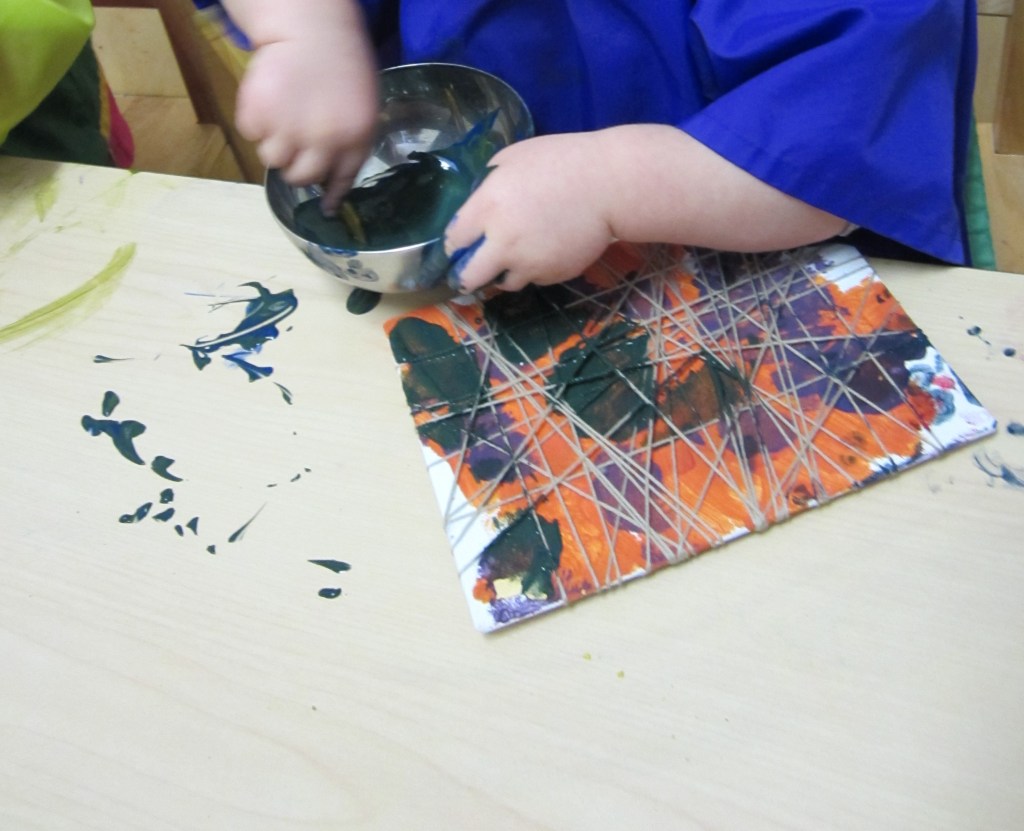


“We are building our Christmas gift to parents. I look at it this way, the children in our care love to use creative materials. In fact, we are studying the relationships children build through and with materials. Gift giving is part of that—giving a gift of their art, their creation. For example,last year our toddlers created a canvas piece for their parents—it was a long process, in that the children were mixing their own colours—primary to secondary—and layering it in the canvas using different tools—we wrapped the present to give to parents who absolutely loved the idea—I think this year we may do something to hang on the tree!!”
As a parent, I love the idea of a Christmas Ornament to hang on my tree, I still hang my 21 year olds stuff, along with my 7 and 3 year olds stuff they make—just as my mother has my stuff and my siblings stuff on her tree—so as a parent who is slightly Christmas obsessed, I love the idea of gifting something for the tree—or home—if some don’t celebrate Christmas.”
My research suggested that some educators may choose close-ended activities, because they lack the visual arts skills, confidence and knowledge to implement more open-ended, quality visual arts and crafts processes. The tendency to resort to Pinterest rather than interest (Lindsay, 2015) suggests that many educators lack confidence and knowledge in the visual arts domain (Lindsay, 2015).
The prolific number of social media requests for ideas in the immediate lead up to Christmas suggest that many educators may value support to build their repertoire of quality visual arts and crafts learning experiences.
To that end, the rest of this blog will offer suggestions for quality arts practice for the jolly season! Merry Christmas!
(This is not an exhaustive list, but will perhaps plant some ideas for future consideration and extension).
Ideas for quality VA and traditional crafting experiences

- Projects of inquiry: What is a Christmas tree?
- Gelli printing:
Ceramic hangings
HOW TO MAKE CERAMICS: https://happyhourprojects.com/leaf-imprinted-clay-necklace/
SALT DOUGH:
Biscuits for the tree: https://www.marieclaire.com.au/gingerbread-cookie-ornaments
Wrapping paper
https://www.facebook.com/1442401099337182/videos/2004193079824645/?t=16
PIN PRICK DRAWINGS: For window, projector or turn into candle holder.
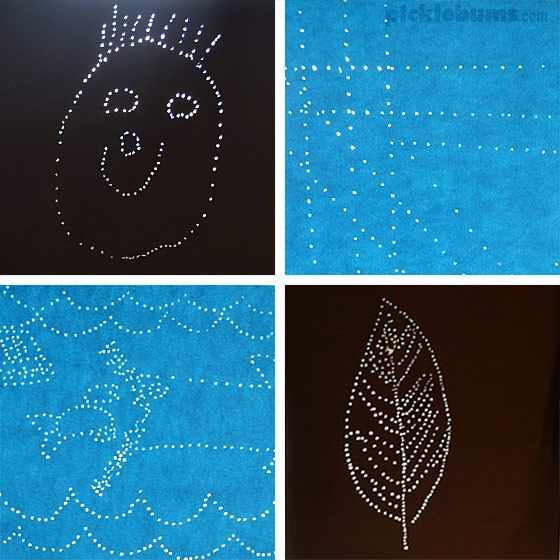
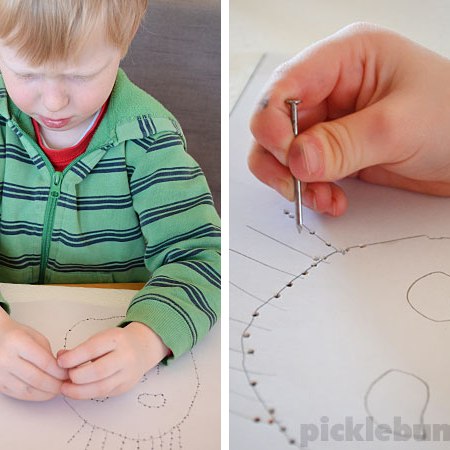
HESSIAN STITCHING – draw and stitch, paint and stitch – hessian bunting, tree decorations, table runners.

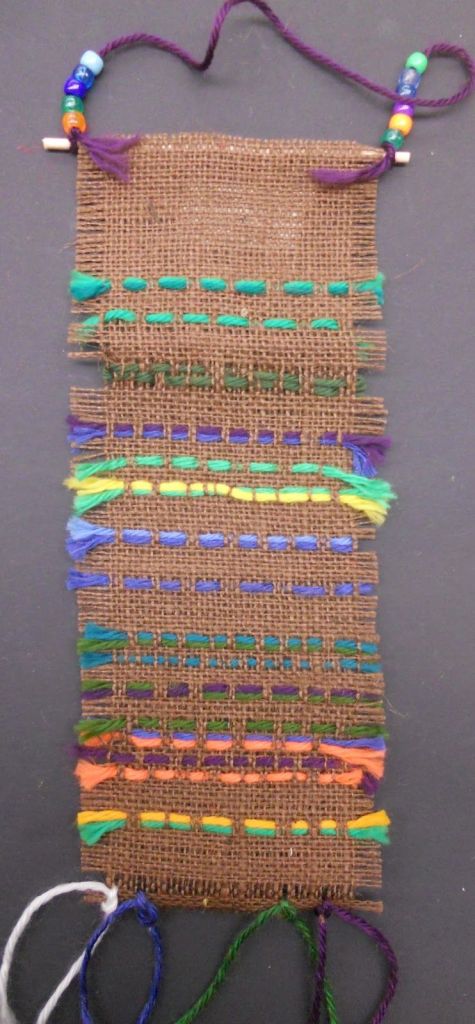

Scratch foam prints– children can draw and make their own design (and you can take prints of children’s standard drawing to be framed). LINK HERE
http://gelliarts.blogspot.com/2015/02/gelli-printing-with-diy-foam-printing.html

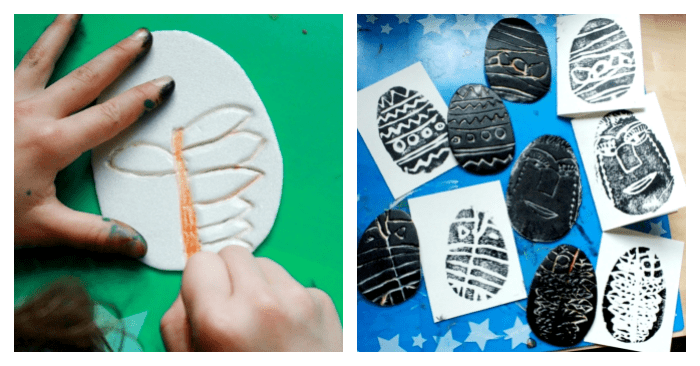
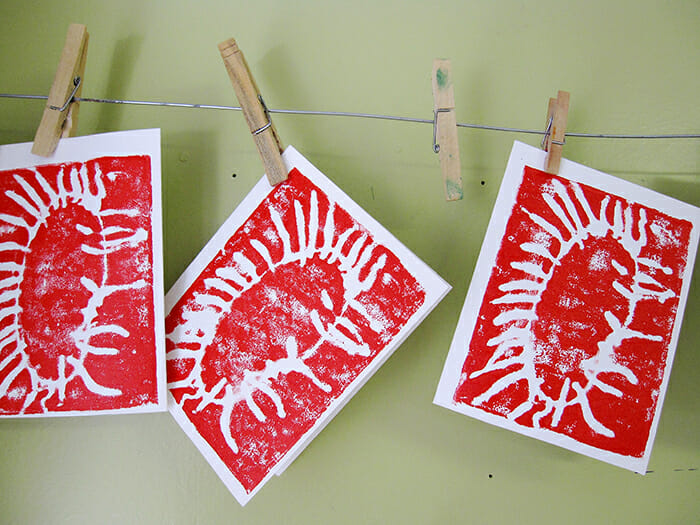



![105766_https- goo.gl images oV2jmo block printing [image], retrieved from https- goo.gl images oV2jmo](https://i0.wp.com/ecartoz.com/wp-content/uploads/2018/11/105766_https-goo-gl-images-ov2jmo1.jpeg?w=220&h=220&crop=1&ssl=1)


How can I follow your blog? This was a really enriching article and spot on.
Let me know if and how thst can be done.
LikeLike
Thanks so much Cathy. I’m new to blogging, but I believe there’s a spot on the page where you can click follow.
LikeLike
Fantastic article- exactly what I needed !
LikeLike
Thanks so much for your comment. I’m so pleased the article was helpful for you.
LikeLike
Great teaching ideas for my learning through play station. Thanks so much.
LikeLike
Thanks. Glad it’s helpful.
LikeLike
I love everything you said. I teach elementary art, and give kids lots of autonomy. Do you have any links for the fiber arts area?
LikeLike
Thanks – I appreciate your comments. I don’t currently have specific links for fibre arts, but will make a note to develop a blog in 2019 addressing the skills and possibilities of engaging children in traditional crafts experiences. I am also planning to develop a video for my university students in 2019 and will share it via the blog as well.
LikeLike